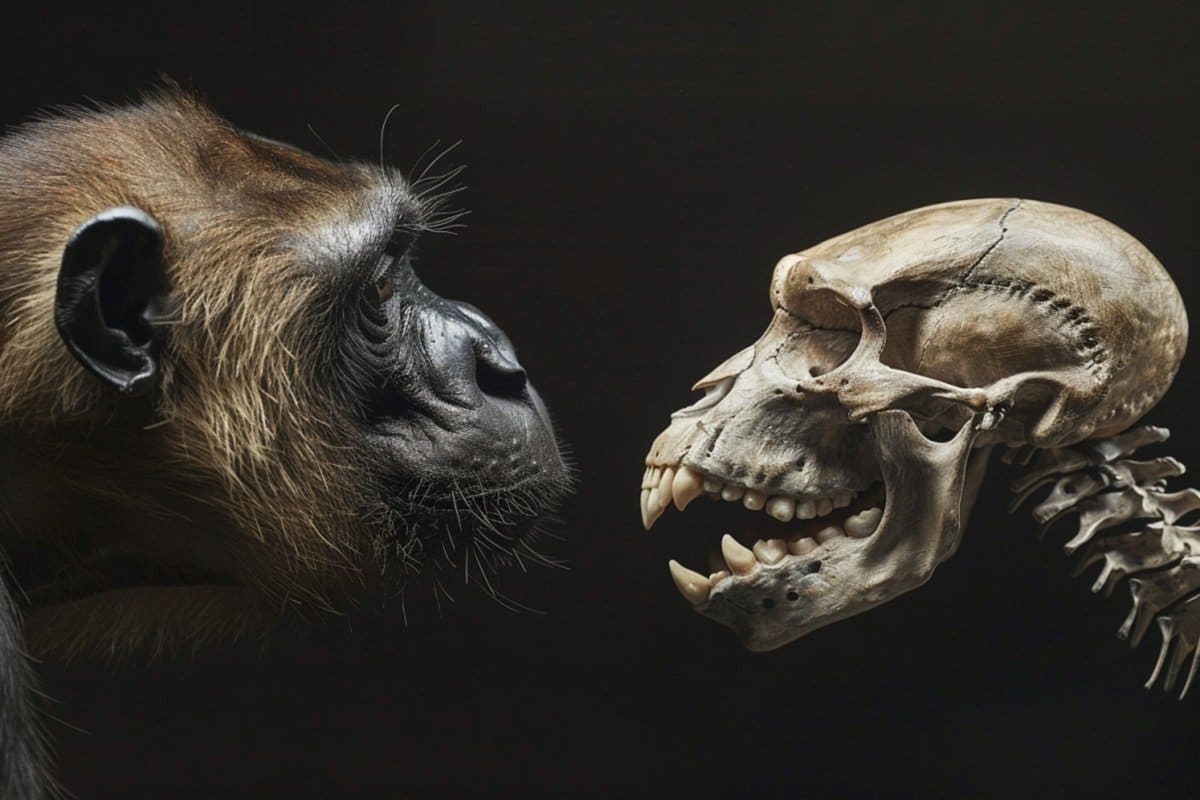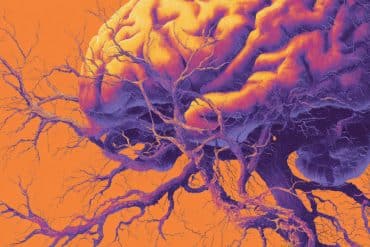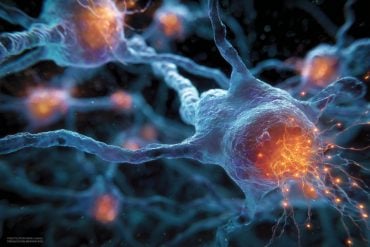Summary: A new study reveals that sexual size dimorphism (SSD) in mammals is linked to genome evolution. Species with large size differences between sexes have larger gene families for olfactory functions and smaller ones for brain development.
Conversely, species with minimal size differences invest more in brain development and complex social behaviors. These findings suggest that SSD influences the evolution of sensory and cognitive traits in mammals.
Key Facts:
- Large SSD in mammals correlates with bigger olfactory gene families and smaller brain development gene families.
- Species with small SSD have larger gene families for brain development and more complex social structures.
- The study highlights the evolutionary impact of SSD on sensory and cognitive traits.
Source: University of Bath
In many mammal species, the males can be bigger than the females (or vice versa), a trait called sexual size dimorphism (SSD). For example, male elephant seals are around three times bigger than females.
In contrast, dolphins have no difference in sizes between the sexes. Humans are somewhere in between, with the average male being larger than the average female, but across the population there is an overlap.

To understand how this trait is associated with genome evolution, scientists from the Milner Centre for Evolution at the University of Bath in the UK looked at similarities between the genomes of 124 species of mammals.
They grouped the genes into families of similar functions and measured the size of these gene families. They found that those species with a big difference in size between the sexes had bigger gene families linked to olfactory functions (sense of smell) and smaller gene families associated with brain development.
Therefore, this could also mean that those species with very little difference in sizes between males and females (termed monomorphic) had bigger gene families associated with brain development.
Publishing in Nature Communications, the authors suggest that in species with a large SSD, traits such as the sense of smell could be important for identifying mates and territories.
In contrast, mammals with a smaller SSD are potentially investing in their brain development and tend to have more complex social structures. This means they compete for mates using other means than simply using size to select who to breed with.
Dr Benjamin Padilla-Morales, from the Milner Centre for Evolution at the University of Bath led the research. He said: “We were surprised to see such a strong statistical link between a large SSD and expanded gene families for olfactory function. Even more interestingly, the gene families under contraction were linked with brain development.
“This could mean that those species with a small SSD have bigger gene families associated with brain function and tend to show more complex behaviours such as biparental care and monogamous breeding systems.
“It shows that while size in some species is an important sexual selection pressure for evolution, for others it doesn’t matter so much.
“It makes us ask the question how traits like SSD are shaping the evolution of our brains and genomes.”
In future work, the researchers want to investigate how testes size impacts the evolution of mammals’ genomes.
About this evolutionary neuroscience and genetics research news
Author: Chris Melvin
Source: University of Bath
Contact: Chris Melvin – University of Bath
Image: The image is credited to Neuroscience News
Original Research: Open access.
“Sexual size dimorphism in mammals is associated with changes in the size of gene families related to brain development” by Benjamin Padilla-Morales et al. Nature Communications
Abstract
Sexual size dimorphism in mammals is associated with changes in the size of gene families related to brain development
In mammals, sexual size dimorphism often reflects the intensity of sexual selection, yet its connection to genomic evolution remains unexplored. Gene family size evolution can reflect shifts in the relative importance of different molecular functions.
Here, we investigate the associate between brain development gene repertoire to sexual size dimorphism using 124 mammalian species. We reveal significant changes in gene family size associations with sexual size dimorphism.
High levels of dimorphism correlate with an expansion of gene families enriched in olfactory sensory perception and a contraction of gene families associated with brain development functions, many of which exhibited particularly high expression in the human adult brain. These findings suggest a relationship between intense sexual selection and alterations in gene family size.
These insights illustrate the complex interplay between sexual dimorphism, gene family size evolution, and their roles in mammalian brain development and function, offering a valuable understanding of mammalian genome evolution.






